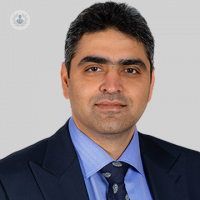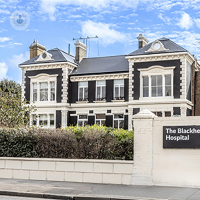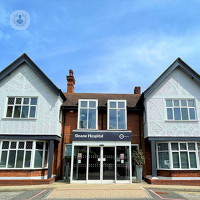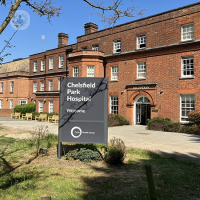AC joint surgery
Mr Charles Jeremy S Corbin - Orthopaedic surgery
Created on: 06-14-2018
Updated on: 06-14-2023
Edited by: Carlota Pano
What is AC joint surgery?
AC joint surgery, also known as acromioclavicular joint surgery, is a type of shoulder operation to treat acromioclavicular joint separation, also known as a separated shoulder. An acromioclavicular joint separation occurs when the clavicle (collarbone) separates from the scapula (shoulder blade). It is not to be confused with a shoulder dislocation as the injury is different. Surgery can involve the use of a screw or suture loop, and on some occasions, an artificial ligament.
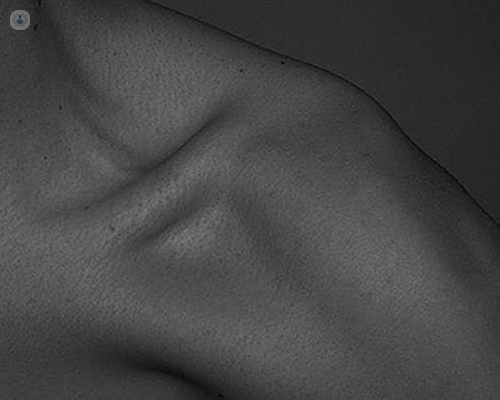
Why is it done?
AC joint surgery aims to reconstruct the acromioclavicular joint when non-surgical treatments, such as physiotherapy or medication, have failed. Surgery aims to restore the alignment of the shoulder blade and the collarbone, improving function, mobility and reducing pain. Surgery is usually required for the most severe cases of AC joint injuries as milder injuries can successfully be treated with conservative means.
What does it involve?
AC joint surgery can either be carried out arthroscopically or as traditional, open surgery. How it is performed will depend on the severity of the injury.
There are various versions of AC joint surgery:
- Repairing the joint – the joint is repositioned and held in place with pins called k-wires.
- Holding down the clavicle – the collarbone may be held down in place using metal implants, screws or tight sutures.
- Reconstructing the ligaments – using either the patient’s own tissue or donor tissue, the damaged ligaments can be replaced and repaired to ensure the clavicle and scapula are held in place correctly.
How do you prepare for AC joint surgery?
AC joint surgery requires general anaesthesia, so you will need to fast for a duration before surgery. It is also important to stop smoking for a period before surgery to aid a better recovery. It is advised that you make arrangements to have someone to take you home from surgery and to have home-support for at least the first few days.
Aftercare:
Following surgery, it may be necessary to wear a sling to provide support for a few days. You will need to have physiotherapy to ensure a thorough recovery, however, you may have a few weeks between the operation and the start of physiotherapy.
Physiotherapy will involve range-of-movement exercises, passive exercises and when your ligaments have healed, you will be given active exercises. Recovery can take a matter of months, and requires patience and commitment to physiotherapy.
Alternatives to this treatment:
If the injury is not very severe, surgery should be avoided, and the following measures should help:
- Rest
- Physiotherapy
- Applying ice to the injury
- Anti-inflammatory medications

